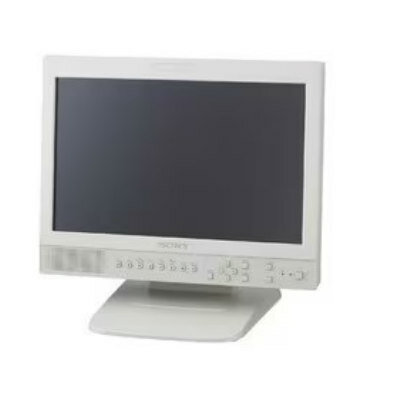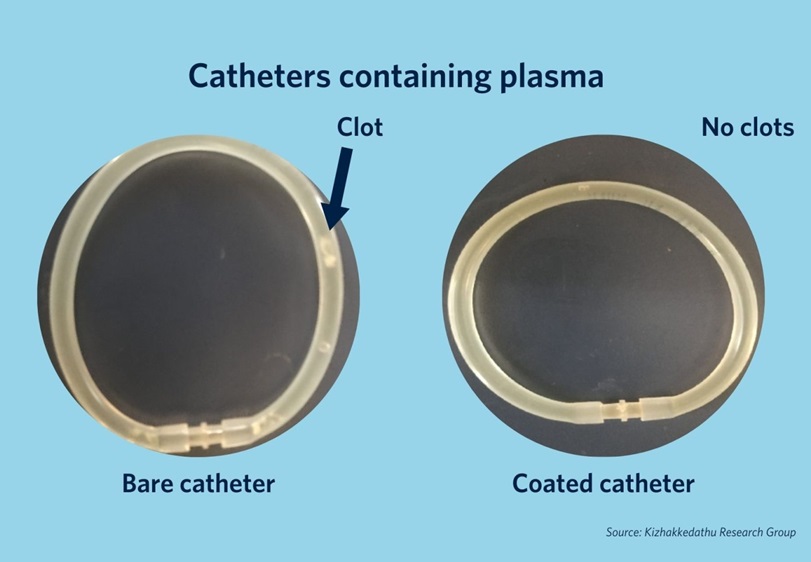Novel Neural Interface to Help Diagnose and Treat Neurological Disorders with Minimal Surgical Risks
Posted on 19 Nov 2024
Traditional methods of interfacing with the nervous system typically involve creating an opening in the skull to access the brain. Researchers have now introduced an innovative technique called endocisternal interfaces (ECI), which enables electrical recording and stimulation of neural structures, including the brain and spinal cord, through the cerebrospinal fluid (CSF). CSF, which naturally surrounds the nervous system, is used as a conduit for delivering targeted devices. By performing a simple lumbar puncture in the lower back, researchers can insert a flexible catheter to access both the brain and spinal cord. Using miniaturized magnetoelectric-powered bioelectronics, this wireless system can be deployed with a small percutaneous procedure. The flexible catheter electrodes can then be guided from the spinal subarachnoid space to the brain ventricles.
To test the hypothesis, a research team from Rice University (Houston, TX, USA) studied the endocisternal space and measured the width of the subarachnoid, or fluid-filled, space in human patients through magnetic resonance imaging. They further validated the feasibility of this new neural interface by conducting experiments on large animal models, specifically sheep. Their experiments showed that catheter electrodes could be successfully delivered and navigated into the ventricular spaces and brain surface for electrical stimulation. With the magnetoelectric implant, the researchers were able to record electrophysiological signals such as muscle activation and spinal cord potentials.

Preliminary safety findings indicated that the ECI system remained functional with minimal damage up to 30 days after the electronic device was chronically implanted in the brain. Furthermore, the study, published in Nature Biomedical Engineering, revealed that, unlike endovascular neural interfaces that require antithrombotic medication and are constrained by the size and location of blood vessels, ECI provides broader access to neural targets without the need for such medication.
“This is the first reported technique that enables a neural interface to simultaneously access the brain and spinal cord through a simple and minimally invasive lumbar puncture,” said Peter Kan, professor and the Robert L. Moody Sr. Chair of Neurosurgery at UTMB. “It introduces new possibilities for therapies in stroke rehabilitation, epilepsy monitoring and other neurological applications.”














